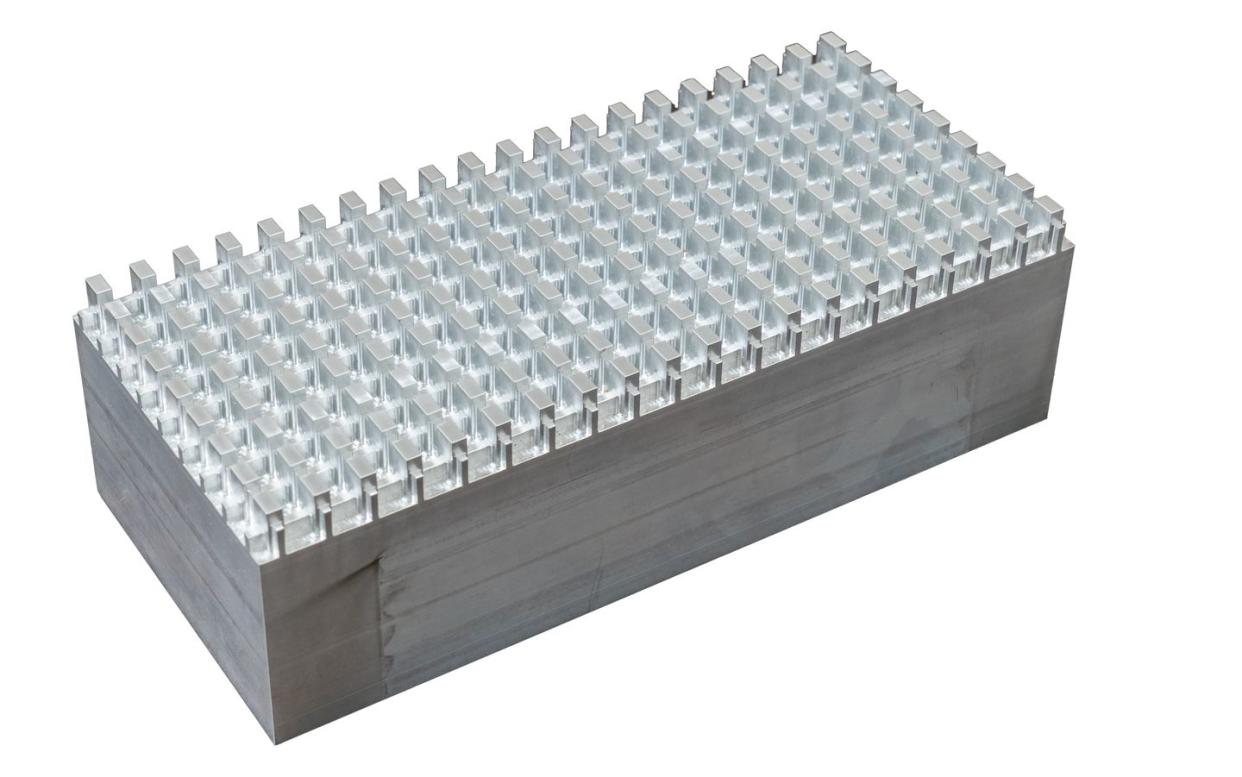Scientists Created a Remarkable Material Using the Fourth Dimension

The fourth dimension isn’t something we can perceive, but it can still be an important tool for physicists.
Scientists from the University of Missouri used a 4D “synthetic dimension” to develop a material that can control energy waves on the surface of solid material.
Such a breakthrough could have implications for quantum computing, and help provide safer engineering techniques in earthquake-prone areas.
The term “4D,” otherwise known as the “fourth dimension,” is often misused in movie theaters to inaccurately promote questionably better 3D movies. But in the world of physics, the “fourth dimension” is very real, and it’s helping scientists discover some truly sci-fi-level metamaterials.
Our run-of-the-mill 3D existence dictates how we perceive the universe—with an x, y, and z axis. However, researchers can also use advanced mathematics and light to develop to extended dimensions—known as “synthetic dimensions”—beyond just the ones we perceive. Additional dimensions allow systems to be manipulated mathematically in different ways, and can give scientists previously inaccessible insight.
In a paper published last week in the journal Science Advances, scientists from the University of Missouri College of Engineering detailed a new metamaterial that they discovered using the fourth dimension. The team’s metamaterial has the capability to control energy waves on the surface of solid material. These waves help determine how vibrations travel along a surface.
“Conventional materials are limited to only three dimensions with an X, Y and Z axis,” MU professor and study co-author Guoliang Huang says in a press release. “But now we are building materials in the synthetic dimension, or 4D, which allows us to manipulate the energy wave path to go exactly where we want it to go as it travels from one corner of a material to another.”

This breakthrough comes from a branch of mathematics known as topology, which is the study of shapes and their arrangement in space. It’s only been within the last decade that researchers have grasped how topology can help physicists better understand materials. The effect in Huang’s research is known as topological pumping, which “allows waves to navigate a sample undisturbed by disorders and defects,” according to the paper.
Although Huang admits that this material is just a building block for future experiments and breakthroughs, this metamaterial could have big implications for quantum computing by allowing for quantum effects in higher dimensions. But on a more practical level, became able to manipulate an energy wave’s path on a solid surface comes with some potentially powerful real-world benefits.
“Most of the energy—90%—from an earthquake happens along the surface of the Earth,” Huang says in a statement. “Therefore, by covering a pillow-like structure in this material and placing it on the Earth’s surface underneath a building, and it could potentially help keep the structure from collapsing during an earthquake.”
So while 4D at the movie theater might just be a sleazy marketing gimmick, for physicists around the world, these “synthetic dimensions” have the possibility of changing our very real (and very 3D) world.
You Might Also Like
